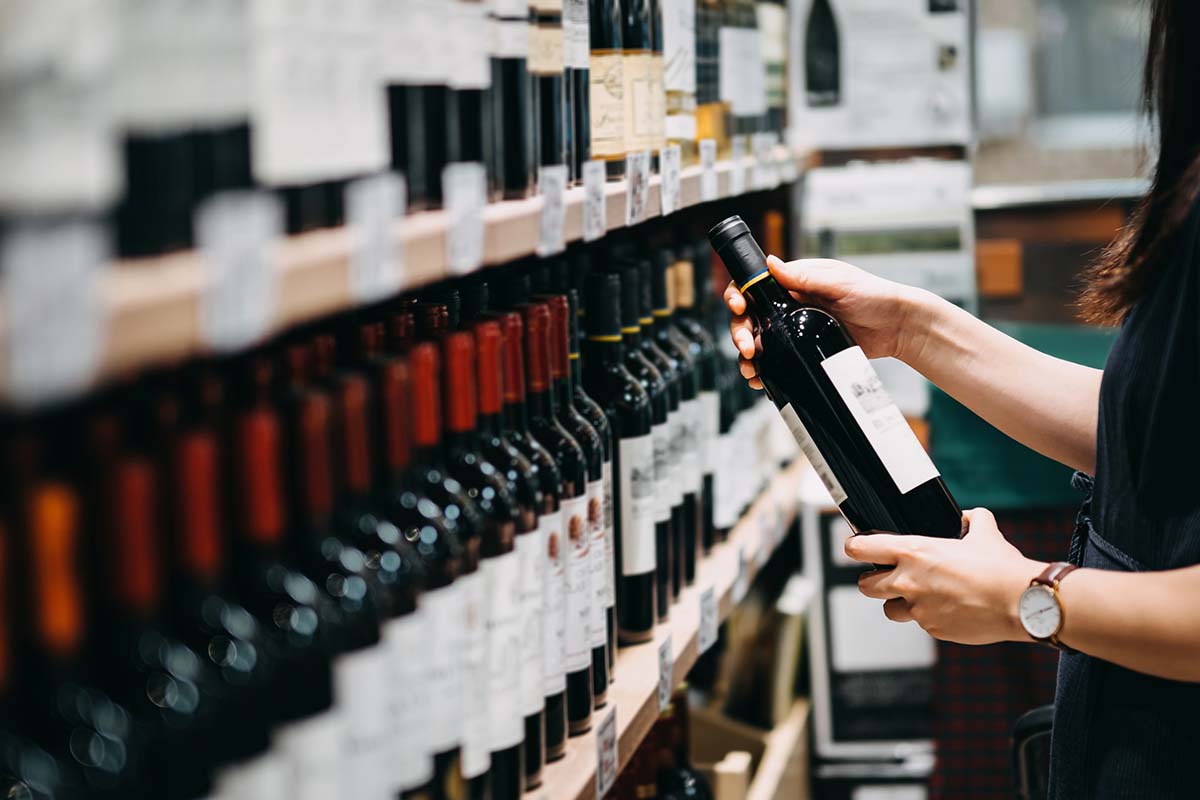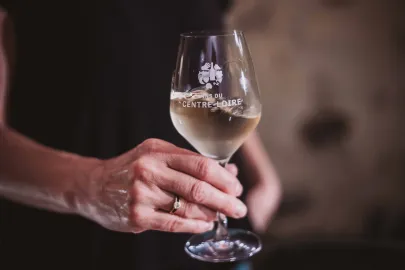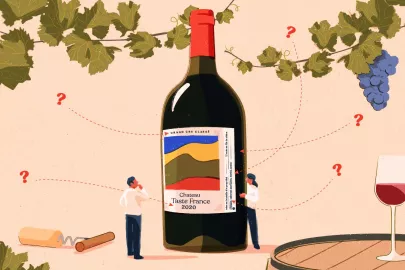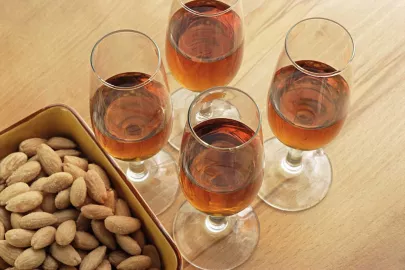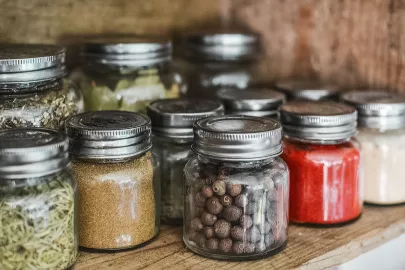Nothing says ‘the party’s here’ like popping a bottle of sparkling wine. It’s festive, it’s fizzy, and let’s face it-- it’s absolutely delicious. However, not all that sparkles is Champagne.

Knowing the differences between different types of French bubbles, how they’re made, and the regions from which they come is key in choosing the appropriate bottle for your next sparkle-soaked occasion. Whether gathering together with friends for a weekend brunch, celebrating a new small victory in life, or simply serving yourself a hefty pour after a long day at the office, here are the three most common types of French sparkling wine and everything you need to know about them.
In the world of sparkling wine, Champagne is undoubtedly the king.
It’s luxurious, it’s the quintessential French sparkler, and above all, it elicits a certain je ne sais quoi that only a wine of such prestige could evoke. However, there are many myths and mysteries surrounding this famous French great. Here are some the most important things you need to know about Champagne :
First and foremost, Champagne wine gets its title from its designated namesake region in France. Situated approximately 90 miles east of Paris, this renowned region is known for its top quality sparkling wine production made from a variety of big houses, smaller growers, and a handful of mid-sized négociants in between. The most important thing to know about Champagne is that for a bottle to be labeled as such, the wine must be produced in this specific region of France via the méthode champenoise (otherwise known as the méthode traditionelle).
This means that the grapes used for Champagne come from the region and are fermented normally as any other wine. Then, the wine is bottled and placed under a cork or crown cap, where the juice undergoes a secondary fermentation and ages for at least 12 months in bottle (15 months total). Because of this extensive aging and intimate contact with the lees, méthode champenoise wines are generally the most textured, tantalizing, and complex sparkling wines on the market. Champagne’s dramatic climate conditions, as well as strict vinification/aging regulations, are two of the many reasons why these wines will run you a pretty penny-- though trust us, when it comes to Champagne, the price tag generally always justifies the pour.
Looking for equally high-quality bubbles at a fraction of the price? Then regional French crémants are just for you.
Crémants are produced in nearly every wine region in France and are the affordable yet equally chic alternative to Champagne. These bottles are crafted using the exact same method as Champagne (méthode champenoise/traditionnelle), though aging regimens and permitted grape varieties differ depending on the region.
Some of the most popular bottles of crémant on the market today come from the Jura (Crémant du Jura), Alsace (Crémant d'Alsace) and the Loire Valley (Crémant de Loire), though these thirst-quenching sparklers are also produced in Bordeaux, the Languedoc, and other French wine-growing areas. These bottles are perfect for serving at weekend brunches (juice optional), sipping alongside a weeknight dinner at-home, or simply savoring on their own as a pre-dinner apéritif. For those looking to drink delicious bubbles on a budget, look no further than French crémants.
Looking for a fun, fizzy, and (generally) lower ABV alternative to Champagne and crémants? Then easy-drinking bottles of pét-nat are just the ticket.
Unlike Champagne and crémants, these wines are made via the méthode ancestrale, which was actually the original way of making sparkling wine before the méthode champenoise was discovered. Rather than vinifying a base wine and inducing secondary fermentation in the bottle, pét-nats are bottled prior to the completion of fermentation, meaning that these wines normally finish their vinification journey in the vessel in which they’re sold. Because of this, final pét-nat wines tend to be cloudy if not disgorged, as the leftover lees from fermentation are still present in the bottle-- though fear not! These tiny bits of sediment are totally harmless and completely OK to drink.
Additionally, pét-nats may also have a tad bit of residual sugar, making them super pleasurable and easy to drink, especially on sunny weekends spent outdoors. Pét-nats also generally have lower ABVs than other sparkling wines, which renders them ideal for sipping alongside early brunches and afternoon lunches. For fun fizzy juice with an extra layer of pizzazz, look to your local wine bar/wine shop’s pét-nat offerings next time the mood for something sparkling strikes.
> Interested to learn more about the secrets French wines? Check out our Beginner's Guide To French Wine!

